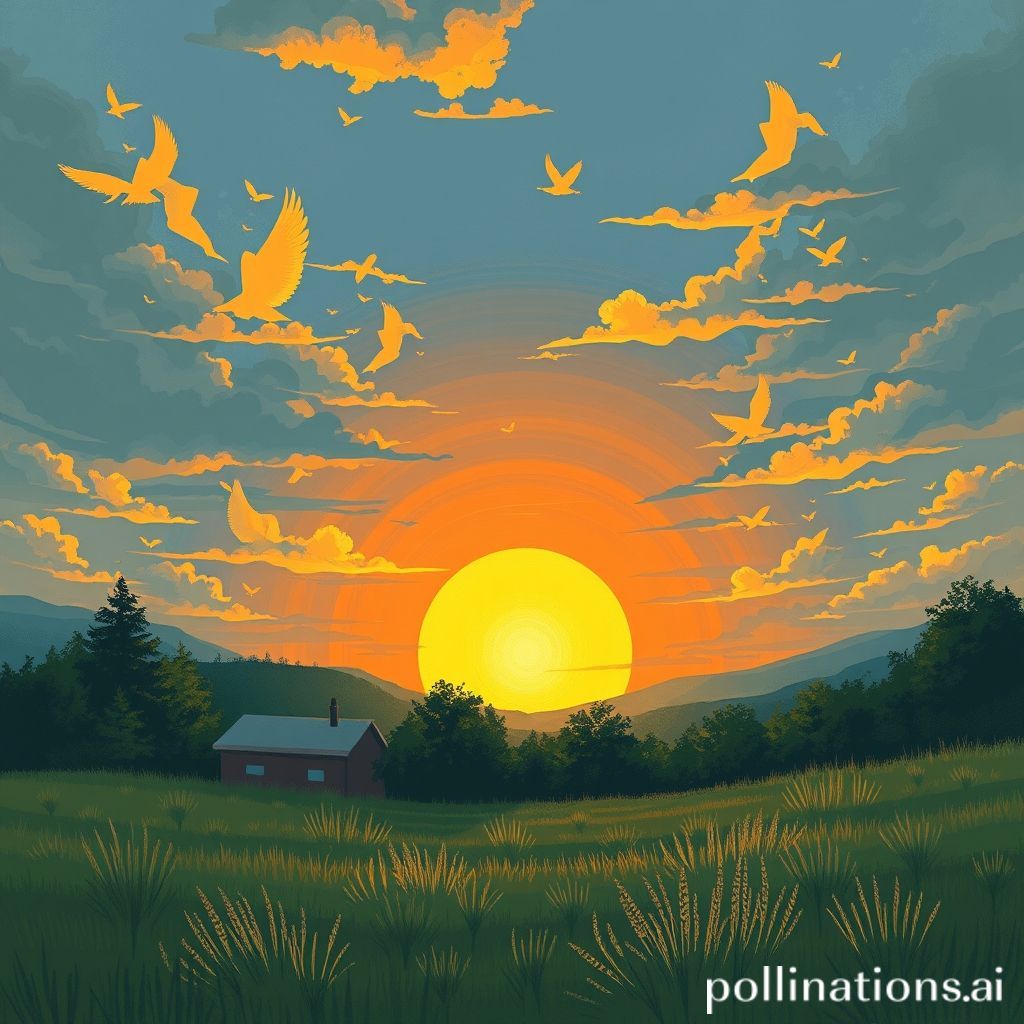
Longest day of the 2025 nears. What to know ahead of summer solstice.
The Longest Day Beckons: Your Guide to the 2025 Summer Solstice
Hey everyone! As the days grow longer and the sun shines brighter, we can feel the anticipation building for summer. And what better way to celebrate the season than by looking forward to the summer solstice, the longest day of the year? In 2025, that special day is just around the corner, and I'm here to equip you with all the knowledge you need to make the most of it.
What is the Summer Solstice?
The summer solstice, occurring around June 20th or 21st in the Northern Hemisphere, marks the moment when the sun reaches its highest point in the sky. This results in the longest period of daylight for the entire year. It's a celestial event rooted in the Earth's tilt on its axis and its orbit around the sun. During the solstice, the Northern Hemisphere is tilted most directly towards the sun, bringing us maximum sunlight. Simultaneously, the Southern Hemisphere experiences its winter solstice, with the shortest day of the year.
When Exactly is the 2025 Summer Solstice?
Mark your calendars! The 2025 summer solstice will occur on June 21st. The exact time can vary slightly depending on your location, but it generally falls sometime in the morning or early afternoon. Be sure to check a reliable source, like Timeanddate.com, for the precise time in your time zone.
What Can You Expect on the Longest Day?
Aside from extended daylight, the summer solstice is often associated with various cultural celebrations and traditions. Many cultures around the world have historically marked this time with festivals, bonfires, and gatherings to honor the sun and the abundance of the season. The extra daylight hours provide ample opportunity for outdoor activities, from hiking and swimming to simply relaxing in the sun. It's the perfect time to embrace the warmth and energy of summer.
Summer Solstice Around the World
Many cultures celebrate this day with unique traditions. For instance, in Sweden, Midsummer is a major holiday filled with maypoles, dancing, and feasts. In Latvia, people jump over bonfires.
Comparing Solstices and Equinoxes
To fully understand the solstice, let's compare it to the equinoxes.
| Feature | Summer Solstice (Northern Hemisphere) | Winter Solstice (Northern Hemisphere) | Spring/Autumn Equinoxes |
|||||
| Day Length | Longest | Shortest | Roughly Equal Day and Night |
| Sun's Position | Highest in the Sky | Lowest in the Sky | Sun Directly Over the Equator |
| Hemisphere Tilted| Northern Hemisphere Towards Sun | Northern Hemisphere Away From Sun | Neither Hemisphere Tilted Significantly |
How to Celebrate the Summer Solstice
There are countless ways to celebrate the summer solstice. Here are a few ideas:
Spend Time Outdoors: Take a hike, go for a swim, have a picnic in the park, or simply relax in your backyard.
Attend a Solstice Celebration: Many communities host special events to mark the occasion. Look for festivals, concerts, or bonfire gatherings in your area.
Enjoy a Feast: Prepare a delicious meal with seasonal fruits and vegetables. Share it with friends and family.
Practice Mindfulness: Take some time to reflect on the changing seasons and appreciate the beauty of nature.
Get Creative: Express yourself through art, music, or writing. Let the energy of the solstice inspire you.
The Science Behind the Magic
The summer solstice isn't just a cultural event; it's a fascinating astronomical phenomenon. The Earth's axial tilt is about 23.5 degrees, which is why we experience seasons. As the Earth orbits the sun, different parts of the planet are tilted towards the sun at different times of the year. The summer solstice occurs when the Northern Hemisphere reaches its maximum tilt towards the sun, resulting in the most direct sunlight and the longest day of the year.
Looking Ahead: Beyond the Solstice
While the summer solstice marks the peak of daylight, it also signals the beginning of the slow transition towards autumn. After the solstice, the days gradually become shorter as the Northern Hemisphere tilts further away from the sun. But don't worry, there's still plenty of summer to enjoy!
My Reflections on the Solstice
For me, the summer solstice is more than just a date on the calendar. It's a reminder of the cyclical nature of life, the beauty of the natural world, and the importance of embracing the present moment. It's a time to celebrate the abundance of summer, to connect with nature, and to appreciate the simple joys of life. As the longest day approaches, I encourage you to take a moment to reflect on what the solstice means to you and to find your own unique way to celebrate this special time of year. Enjoy the sunshine!
Comments
Post a Comment